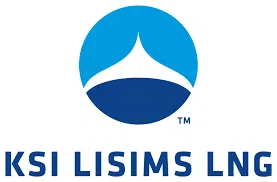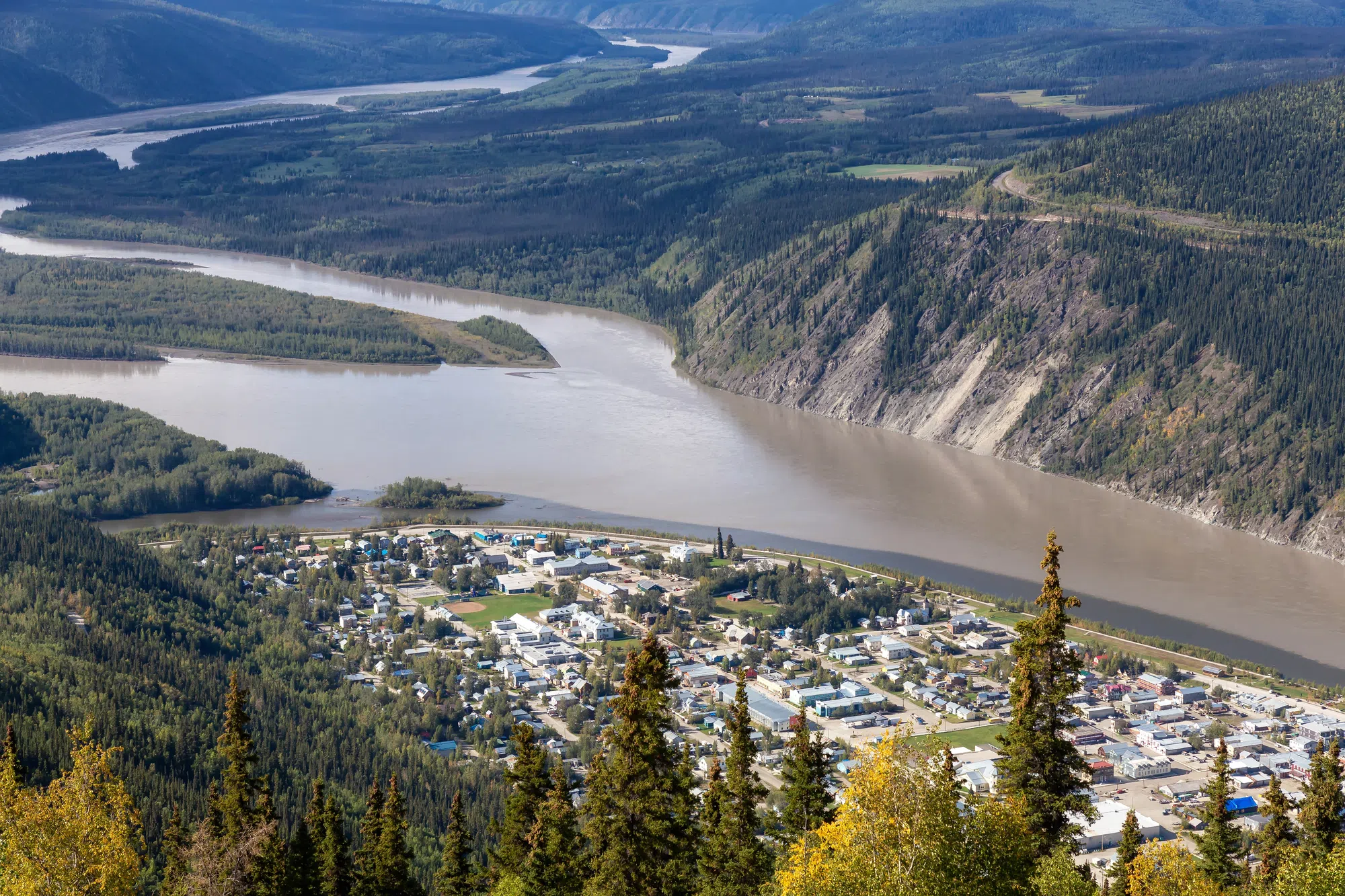B.C.’s Ksi Lisims LNG project, led by the Nisga’a Nation and backed by major energy investors like Shell, TotalEnergies, and Blackstone, is now at a crossroads that could determine its fate. The project is currently under scrutiny by the B.C. Environmental Assessment Office (EAO) to determine whether the Prince Rupert Gas Transmission (PRGT) pipeline, which will supply Ksi Lisims LNG, has made a “substantial start” to maintain its environmental certificate. If not, the project would be forced to restart the entire environmental review process, leading to potential delays of years and hundreds of millions of dollars in additional costs.
Timing is critical for LNG projects, particularly those targeting Asian markets, where supply contracts often span 15 to 20 years and require tight alignment with project timelines. Petronas Energy Canada CEO Mark Fitzgerald recently warned that Canada has only an 18-month window to push key projects like Ksi Lisims forward, or risk losing investment to competitors. The project has already encountered opposition from environmental groups and the Gitanyow First Nation, though it has broad support from other First Nations along the pipeline route, many of whom are being offered equity participation.
Ksi Lisims LNG also meets many of B.C.’s environmental goals, including a floating LNG terminal to reduce its terrestrial footprint and the use of electricity to power the liquefaction process, aligning with the province’s net-zero emissions targets. If this project does not clear B.C.’s rigorous environmental and social standards, experts argue it will be difficult for any future project to do so. With the pressure mounting on both provincial and federal leaders, Ksi Lisims LNG stands as a pivotal test for B.C.’s commitment to nation-building, economic growth, and reconciliation with Indigenous communities.










Comments